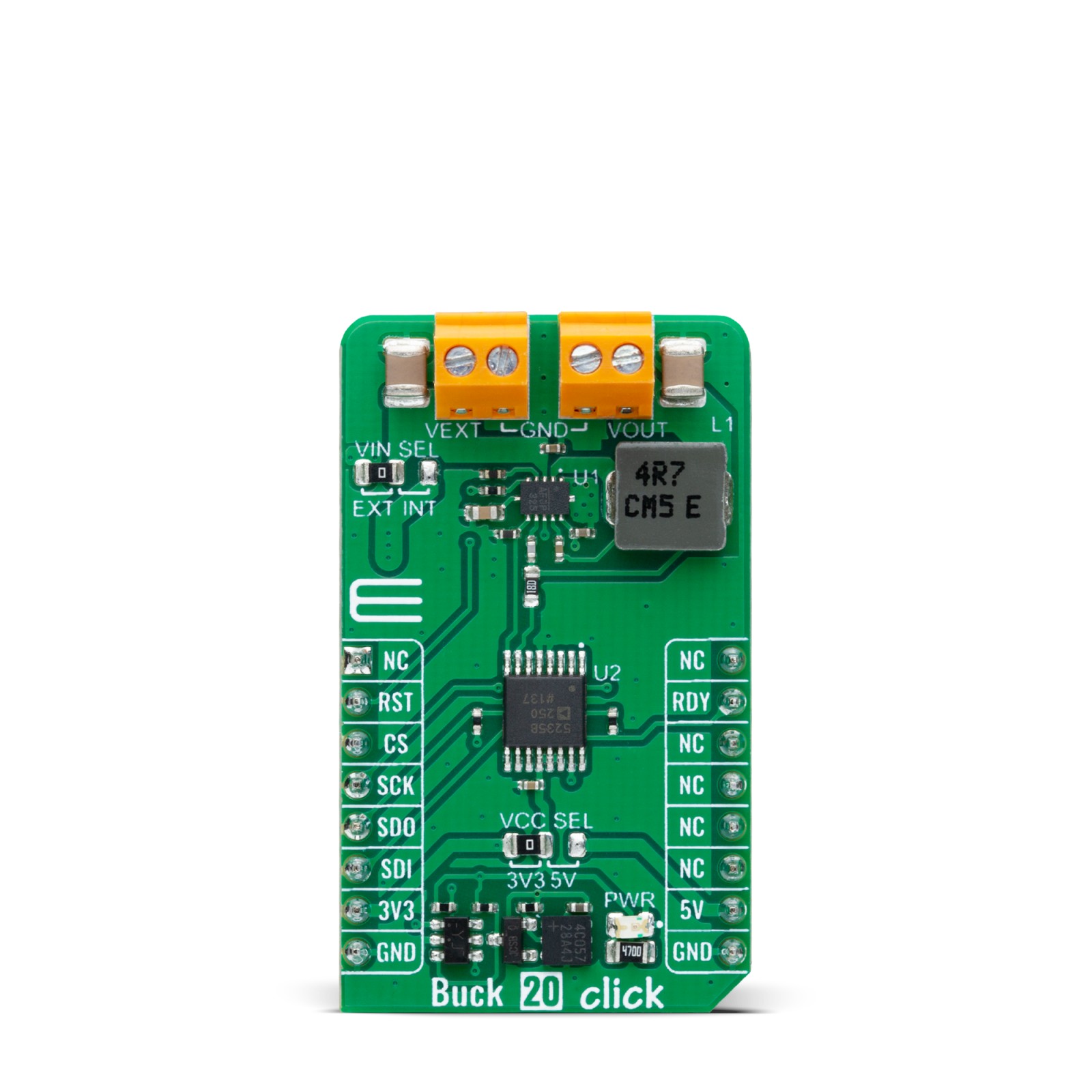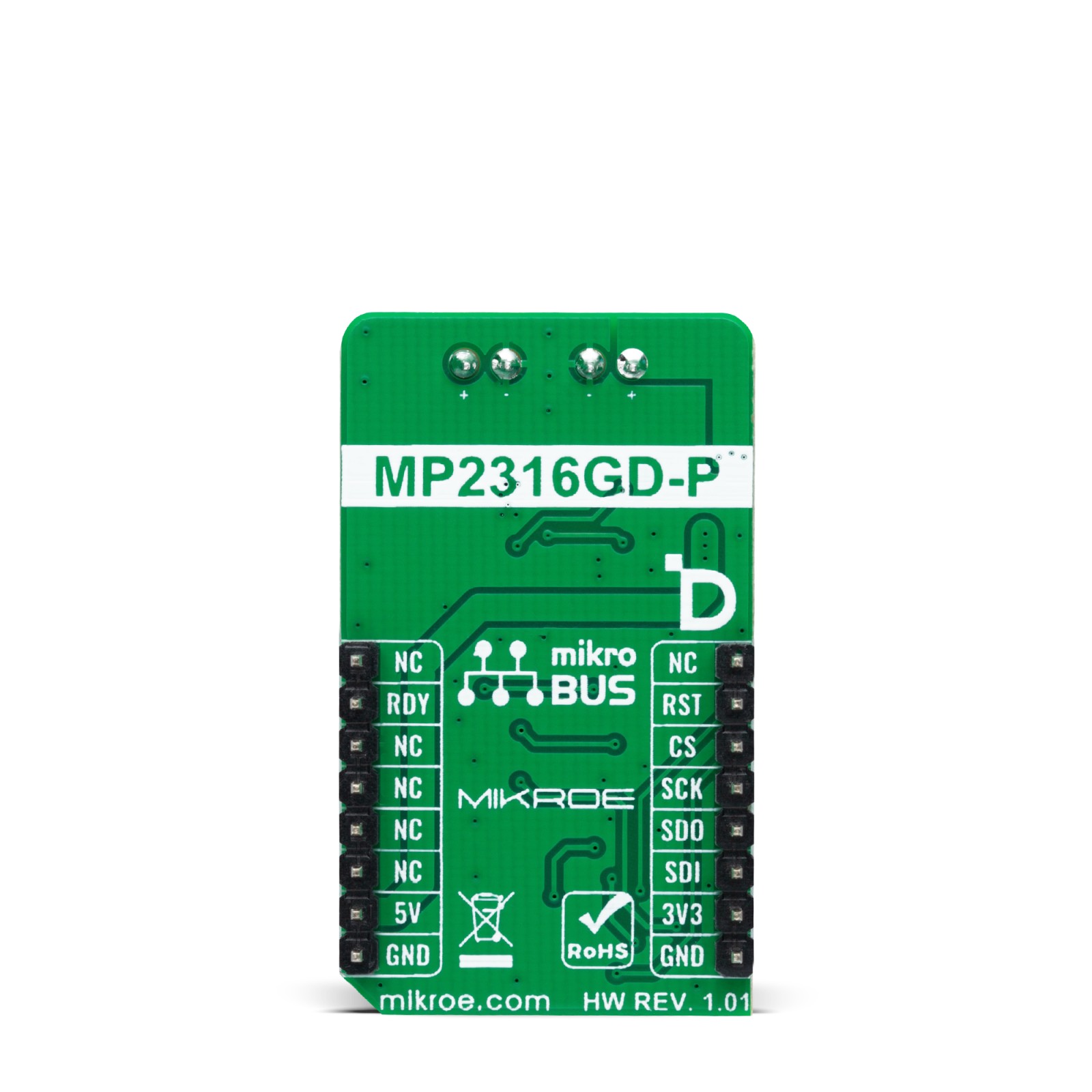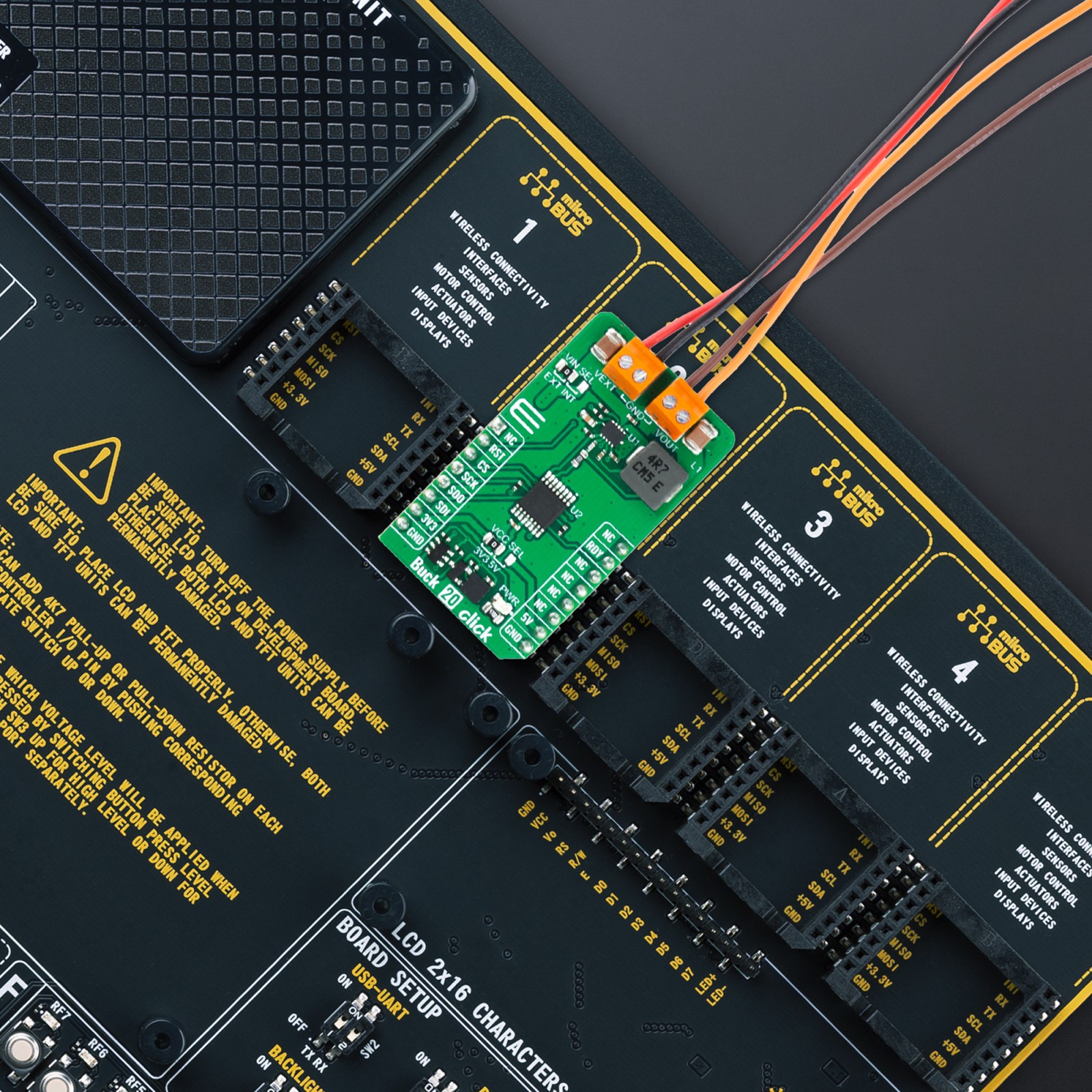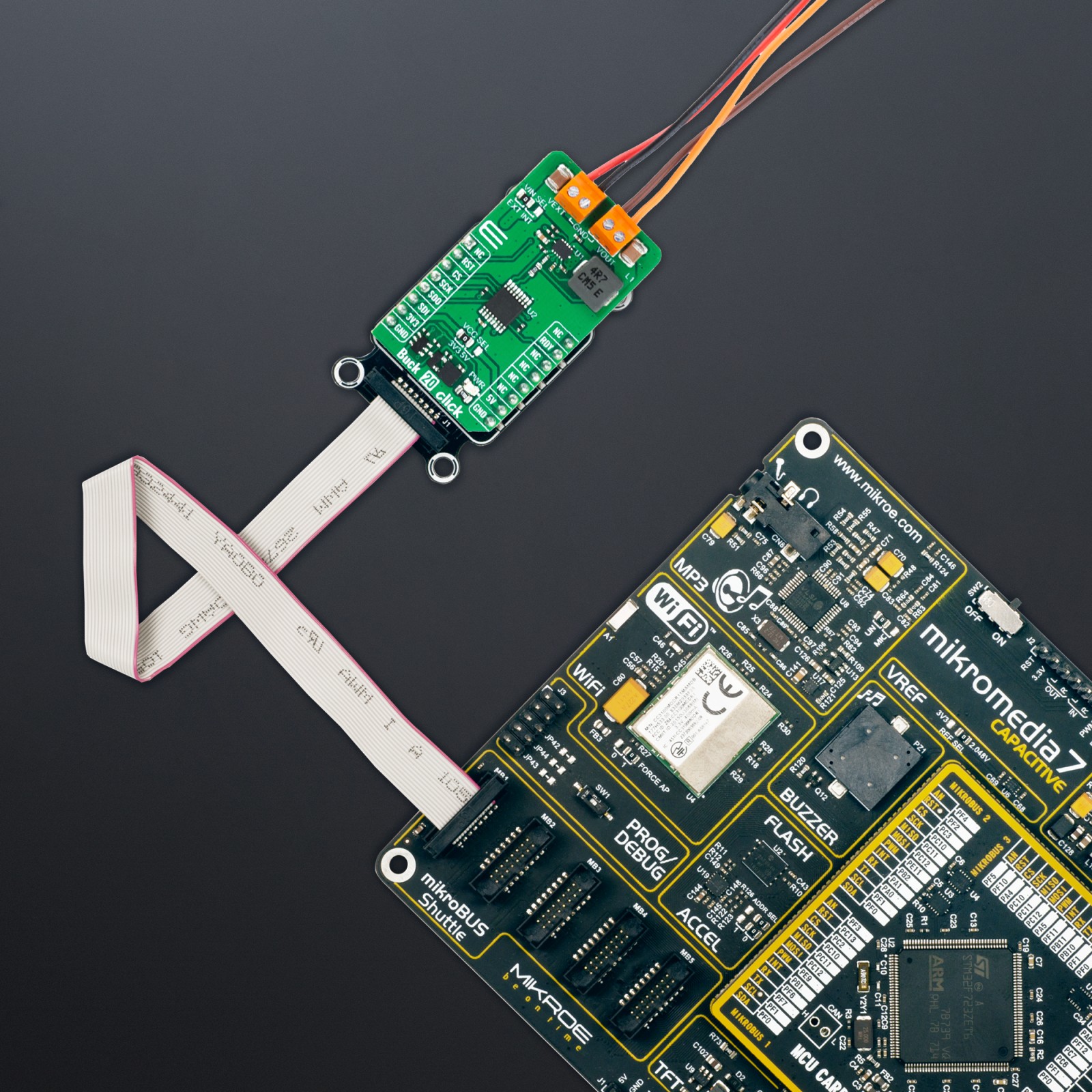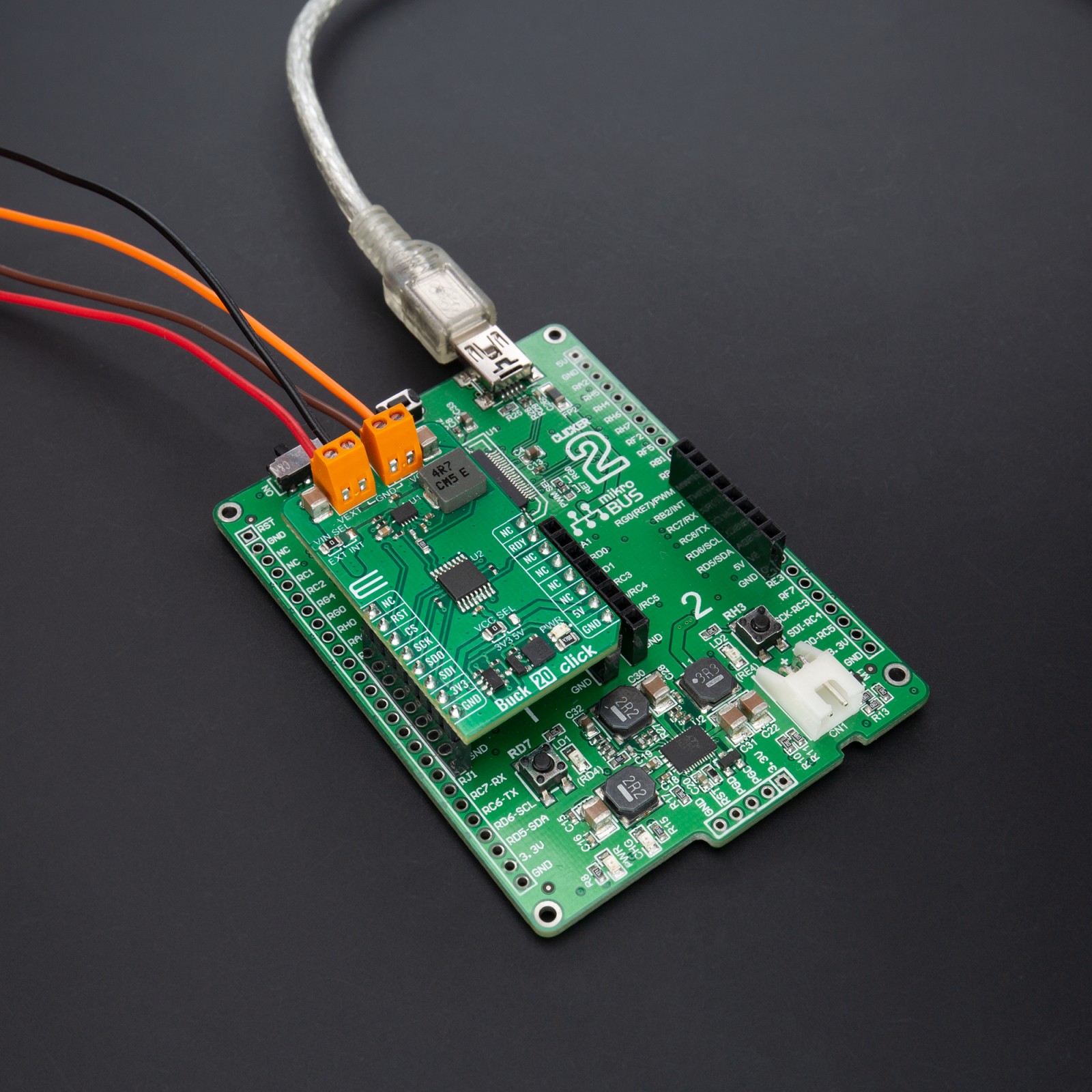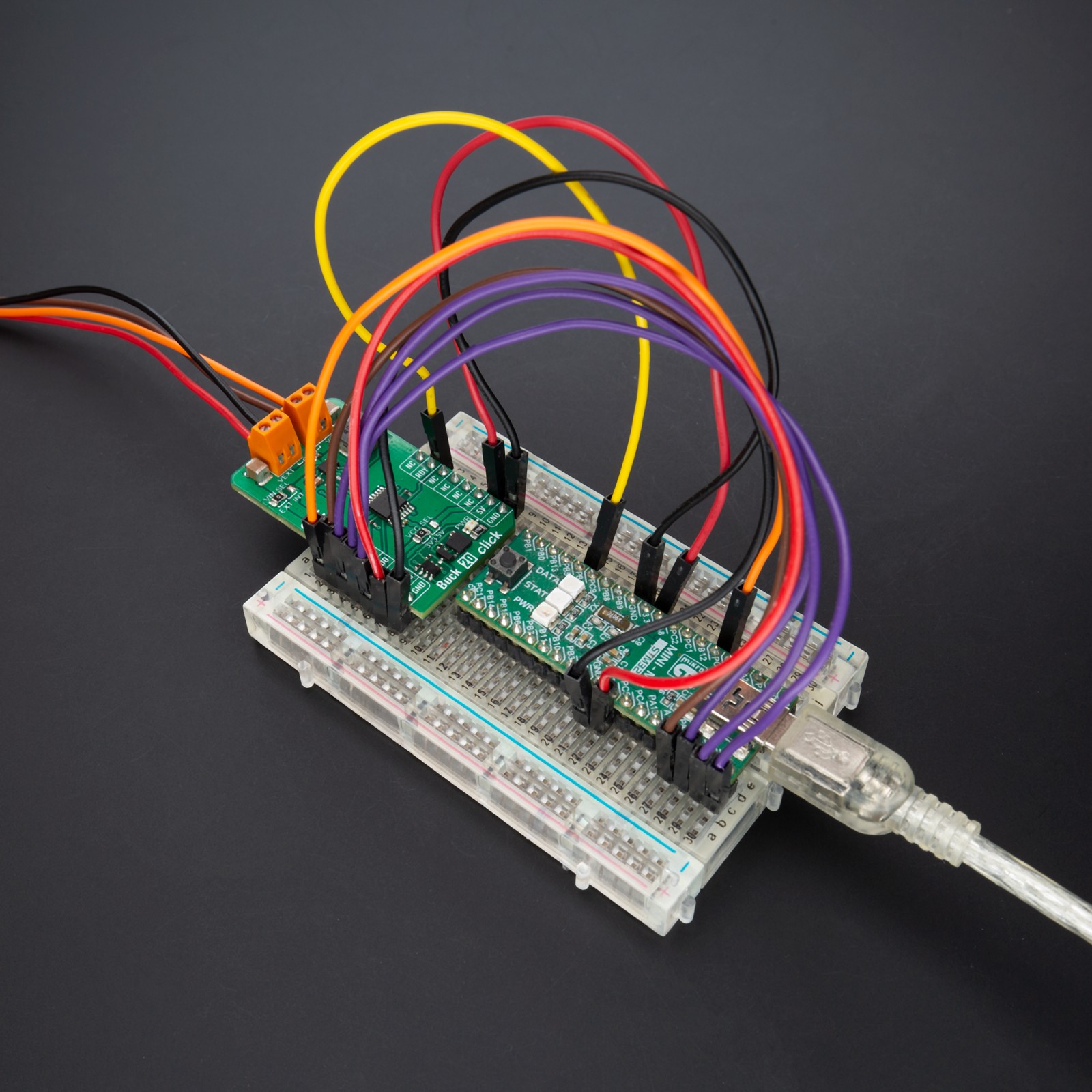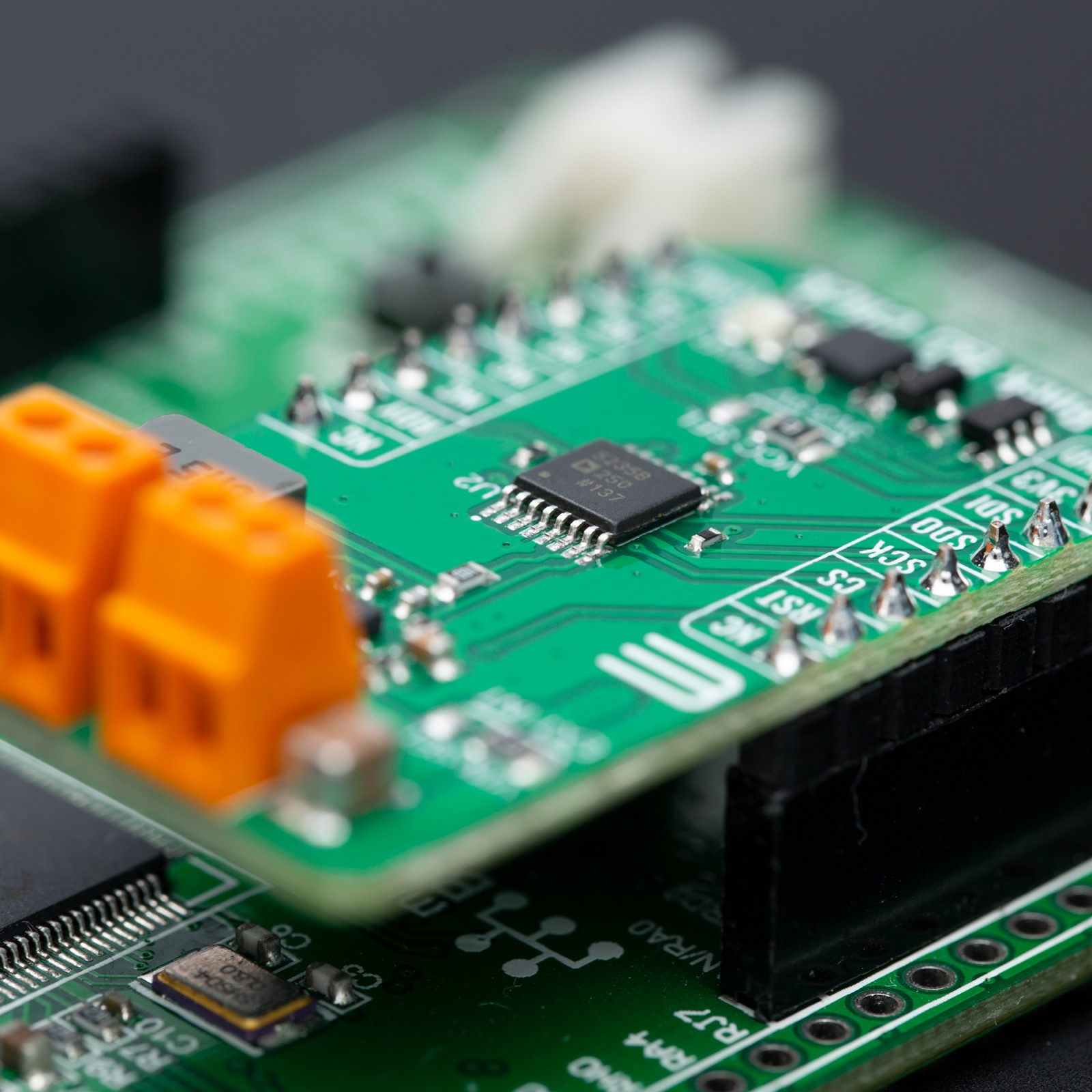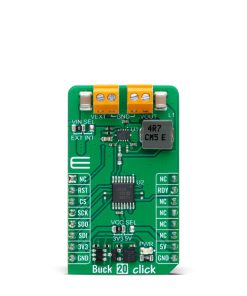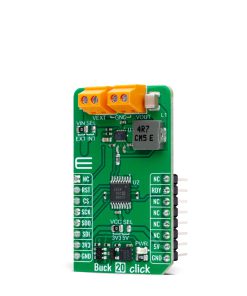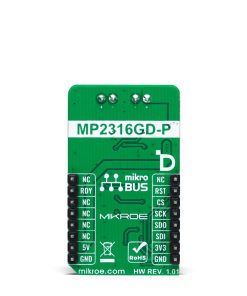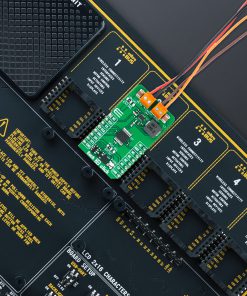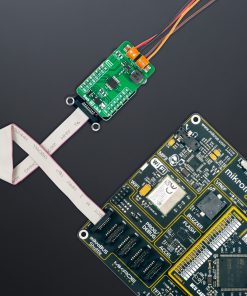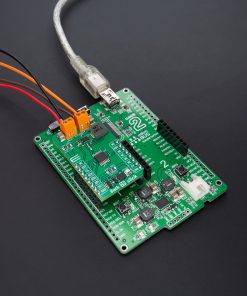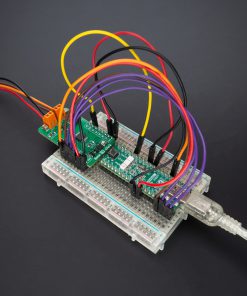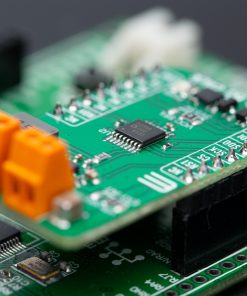-
×
 Accel Click
2 ×
Accel Click
2 × R355.00R319.50 -
×
 MP3 Click
1 ×
MP3 Click
1 × R485.00R436.50 -
×
 DIGI POT Click
1 ×
DIGI POT Click
1 × R370.00R333.00 -
×
 ccRF2 Click
1 ×
ccRF2 Click
1 × R800.00R720.00 -
×
 METHANE Click
1 ×
METHANE Click
1 × R335.00R301.50 -
×
 tRF Click
2 ×
tRF Click
2 × R1,050.00R945.00 -
×
 RFid Click
1 ×
RFid Click
1 × R650.00R585.00 -
×
 BEE Click
1 ×
BEE Click
1 × R800.00R720.00 -
×
 MPU 9DOF Click
1 × R550.00
MPU 9DOF Click
1 × R550.00 -
×
 EXPAND Click
1 ×
EXPAND Click
1 × R260.00R234.00 -
×
 microSD Click
1 ×
microSD Click
1 × R355.00R319.50 -
×
 GSM-GPS Click
1 ×
GSM-GPS Click
1 × R1,350.00R1,215.00
Subtotal: R8,078.50

